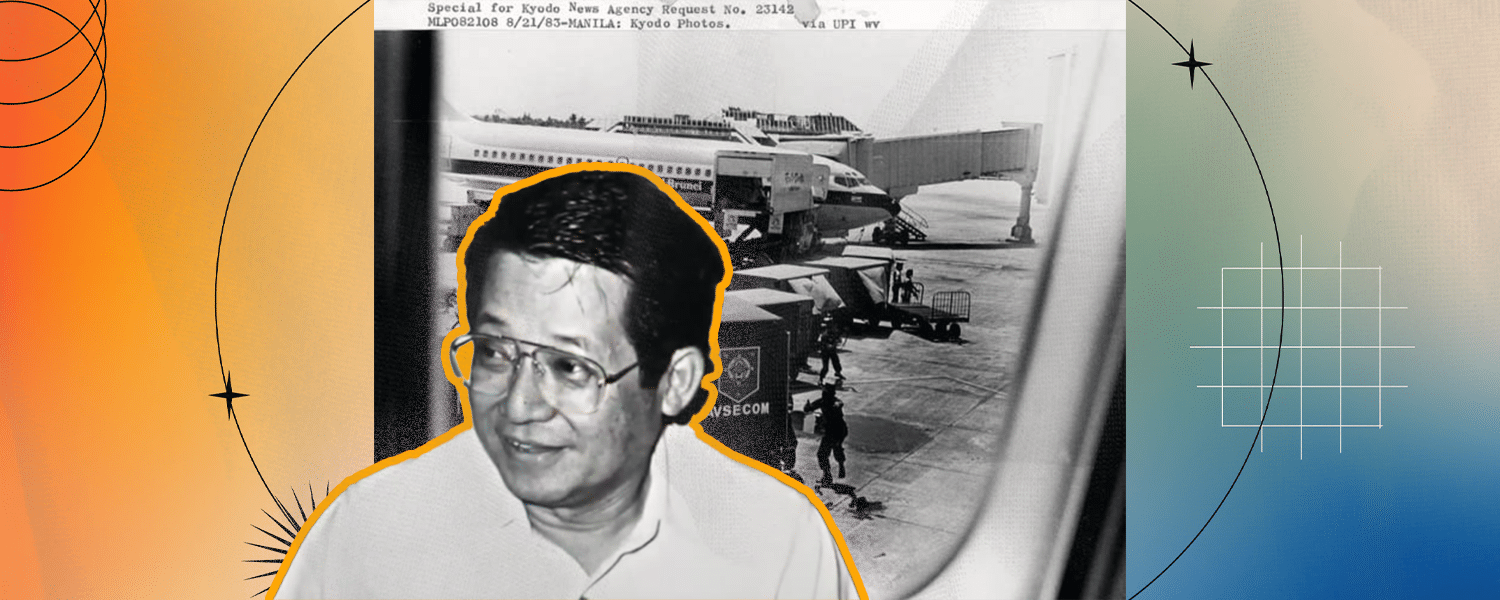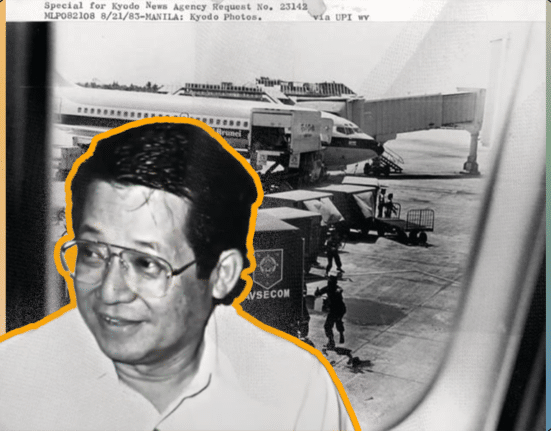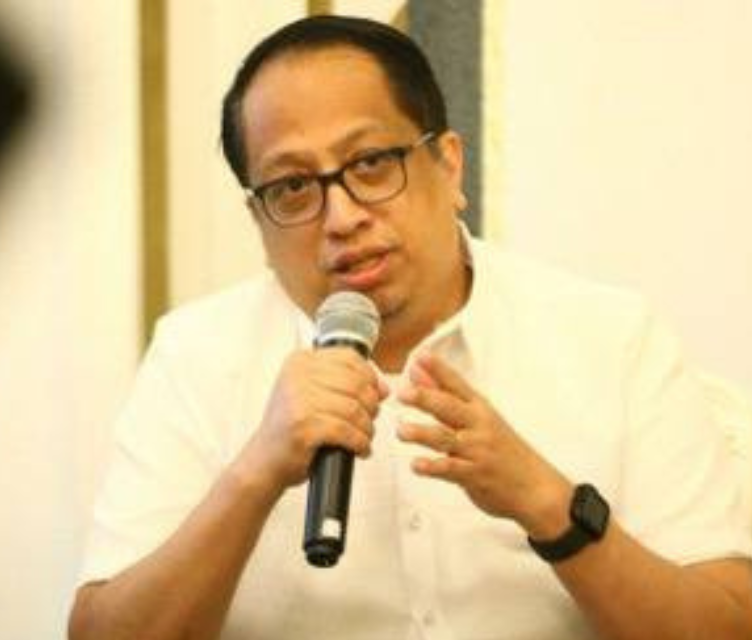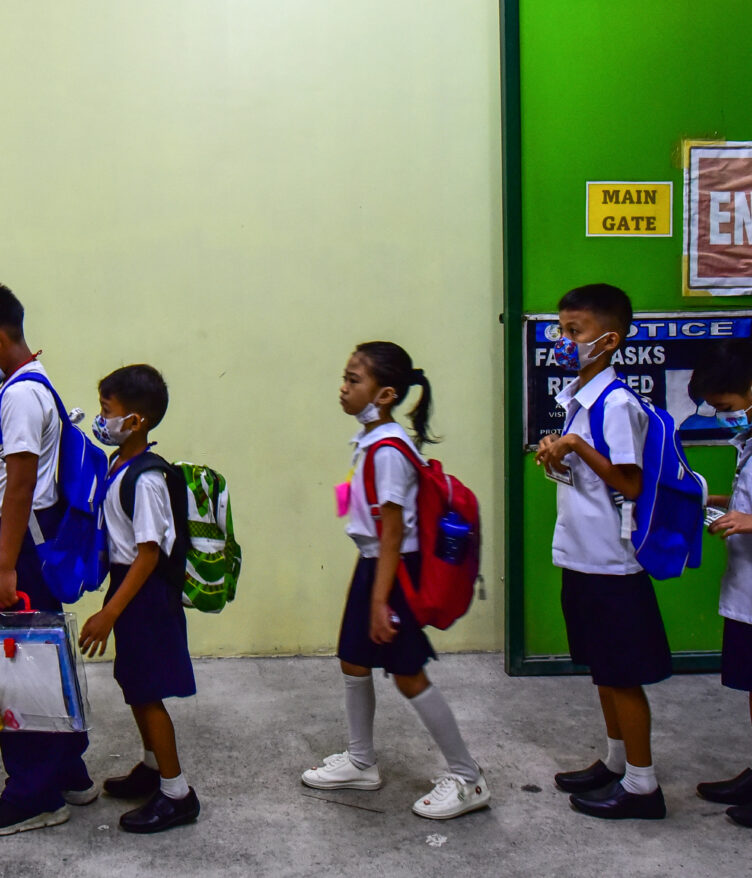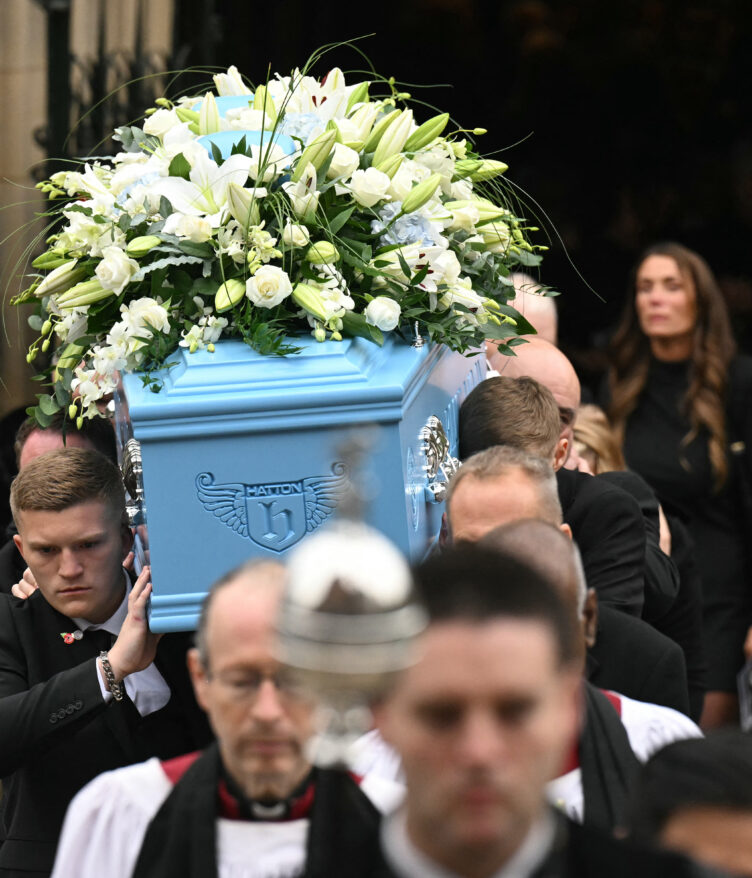
Republicasia today turned back the pages of history to re-introduce one of the more influential names in the Philippines.
But before we did that, we asked a few of the younger generation as to who is Ninoy? And what was he to the Philippines?
There were some who said that Ninoy was a former president. Yet others claimed that he was a “leader,” but cannot exactly define what type. The saddest description was the most honest: “I’m really sorry but I only know his name on the P500 bill.”
But there are also those who said he was a former senator, a freedom fighter and a staunch opposition leader during Martial Law.
So who is the man behind the name? And why is this day, August 21, a holiday?
Read on and find out more.

In 2004, then President Gloria Macapagal Arroyo passed Republic Act No. 2956, officially signing it into law, and hailing August 21st as “Ninoy Aquino Day.”
This was done to commemorate the contributions that Aquino, a former senator of the Philippines, made during his lifetime.
It’s of note, though, that there is no Gloria Macapagal Arroyo Day, nor is there a Joseph Estrada Day, or Fidel V. Ramos Day. This means that not every politician is granted such an honor.
So why is it that Aquino was granted that honor? Why was he dubbed the “Wonder Boy of Philippine Politics,” even before he became the face of the opposition during the time of Martial Law?

Aquino’s humble beginnings
Before entering politics, Benigno Simeon “Ninoy” Aquino Junior was born to parents Benigno Simeon “Igno” Quimbao Aquino Senior and Aurora Aquino on November 27, 1932.
He was the second child amongst seven other siblings, and even when he was young he loved to give speeches and speak with visitors whenever they would come to their homes.
He would later start his education by attending elementary school at St. Joseph’s College, then going to San Beda College for high school. He took up AB Philosophy at the Ateneo de Manila University, then shifted to AB History. He then went to the University of the Philippines to take up law.
He soon changed his course, though, to Journalism. It was here that his thirst for justice truly developed.

At 17 years old, Aquino was already well-known due to becoming the youngest ever war correspondent during the time of the Korean War, serving the truth to the masses through his writing for the Manila Times.
He was also the personal emissary of Luis Taruc, while President Ramon Magsaysay was still in power.
At 22, he started his venture into politics. He was the youngest mayor appointed to his town, Conception, at the time.
Given that his father was a senator from the 3rd district, as well as a majority leader in the Senate, it can be said that as soon as he was born, Aquino already had a future in Philippine politics. Perhaps he just didn’t expect so much to happen so soon.

A life in politics
More than being known as the country’s Wonder Boy, Aquino was also labeled the Young Man in a hurry since he’d already started garnering political achievements at such a young age.
Following his run as mayor, he then became the vice-governor of his province, then governor, then the Philippine Liberal Party’s secretary-general, and finally, senator. Once again, he was the youngest ever had by the nation.
Even before his time as a senator, Aquino was vocal about his political opinions, as seen in how he bravely exposed the truth about the communist totalitarian rule happening in North Korea at the time. He also spoke of French colonialism happening in Asia.
He was especially critical of then President Ferdinand E. Marcos Sr., despite being in politics at the time. In his speech A Pantheon for Imelda, he compared the Cultural Center – her first-ever project – an overly extravagant “monument to shame.”
Throughout his time as a senator, he emphasized the importance of being free and disapproved of several of Marcos’s projects, such as the building of the San Juanico Bridge and the militarization of civilian government offices.
His open criticism of the government – and perhaps also his plan of running for president – is what soon placed a target on his back as per the Marcos administration. During the declaration of Martial Law in 1972, Aquino was quickly arrested for murder, subversion, as well as the illegal possession of firearms.
This was because a year prior, he was accused of having a part in the Plaza Miranda bombing that happened during a rally headed by the Liberal Party of the Philippines.
The turning point
Despite being detained in Camp Crame, Aquino would continue with his opposition against the government. Even though he was behind bars he would have his wife smuggle letters he’d written, sending them out to be published in the Bangkok Post, which is what led him to be placed in solitary confinement for 30 days over in Fort Magsaysay.
There, he was stripped naked – not only of his clothes but of his humanity, as well. He was thrown in without any explanation, an unjust breach of one’s human rights.
Come his trial, Aquino refused to attend, denouncing it altogether.
“Some people suggest that I beg for mercy, but this is something I cannot in conscience do,” he’d said in one of his speeches.
“I would rather die on my feet with honor than live on bended knees with shame.”
He would also later refuse to eat as a means of protesting his trial, with his hunger strike lasting a total of 40 days, wherein he would only get by on things like salt tablets and water.
Though he was set to be executed in 1977 after being found guilty of the charges pressed against him, this never pushed through. In 1980, when he suffered in prison, he was finally let out of his imprisonment.
He was asked by then First Lady Imelda Marcos to go to the US for a heart attack he’d recently suffered, under the condition that he would never return to the country again, as well as keep his mouth shut about her family to ensure that he wouldn’t be able to taint their name any further.
Aquino then fled the country with his family, moving to Massachusetts for three years and continuing his criticisms of the Marcoses.
During one speech to the Movement for Free Philippines, which he gave in Los Angeles, he stated: “I have carefully weighed the virtues and faults of the Filipino, and I have come to the conclusion that he (the Filipino) is worth dying for.”
Though he could’ve chosen to live the rest of his life in peace, he knew just how much the Filipinos were suffering under the rule of Marcos. Even when people tried to talk him out of it, explaining that it was better for him to die with meaning rather than to live without it.
Taking matters into his own hands, he flew back to the Philippines.

Then on August 21, 1983, his fight for the truth ended with him being shot in the head at the Manila International Airport, with millions of his supporters standing as witnesses at the scene of the crime.
It was this that is attributed by many as what sparked the flame – what locked in the confirmation to the masses that Marcos was unfit to be president, and that change needed to be made as soon as possible.

In 1986, Marcos was ousted by the Philippine people. He and his family would, later on, be forced into exile, where he would pass away only three years later.
Aquino’s story shows the strength of the Filipino spirit, passionate and unwavering no matter the circumstance.
More than the Martial Law
Though Aquino is perhaps best known by the masses as the Opposition Leader against the rule of Marcos, he’s achieved so much more than just that during his lifetime.
For his work on reporting about North Korea’s totalitarianism during his time as a war correspondent, he was awarded the Philippine Legion of Honor, Degree of Officer.
And then for his work as a personal emissary, ensuring the surrender of rebel Ka Luis Taric, he was awarded the Philippine Legion of Honor, Degree of Commander.
Many have also showered Aquino with kind words, both during and after his passing. Journalist Nap Rama referred to him as a brilliant and brave man, who helped to expose the plan of Marcos to declare Martial Law even before the public knew about it.
“Ninoy was the first to expose it in the Senate, and we put it out into the media,” Rama said.
Several journalists like Ken Kashiwahara, senators like Tessie Aquino-Oreta, mayors like Alfredo Lim, and so many others have talked not only about how smart Aquino was, but how much kindness he held in his heart for the people around him.
Even as a young man in high school, he already stood out for his sense of justice.
More than a leader of the opposition, he was a friend to the masses, and a father to five intelligent, well-rounded young children.
He was a loving husband to his wife, the ever-powerful Corazon Aquino, who soon followed as another President of the Philippines.
More than just a senator and more than just a leader, he was a person, as well.

The New Generation’s thoughts on his legacy
Given that the death of the public figure happened back in 1983, it’s understandable if teenagers and children now – those that are members of Generation Z, the New Generation – don’t know everything about the life of Aquino.
“As far as I know, [he] was the one responsible for exposing the lies of the Marcos Administration back then, but I don’t know in detail what pushed him to expose [them],” said 21-year-old Loudette Quiambao, a 4th-year student at the University of Santo Tomas (UST.)
Quiambao, though, is still well aware of the impact Aquino’s actions had during the time of Martial Law; in her eyes, it was he that helped push Filipinos to resist.
He became a voice for the Filipino people given the power that he had as a senator during the time.
How useful was this post?
Click on a star to rate it!
Average rating 0 / 5. Vote count: 0
No votes so far! Be the first to rate this post.
We are sorry that this post was not useful for you!
Let us improve this post!
Tell us how we can improve this post?

